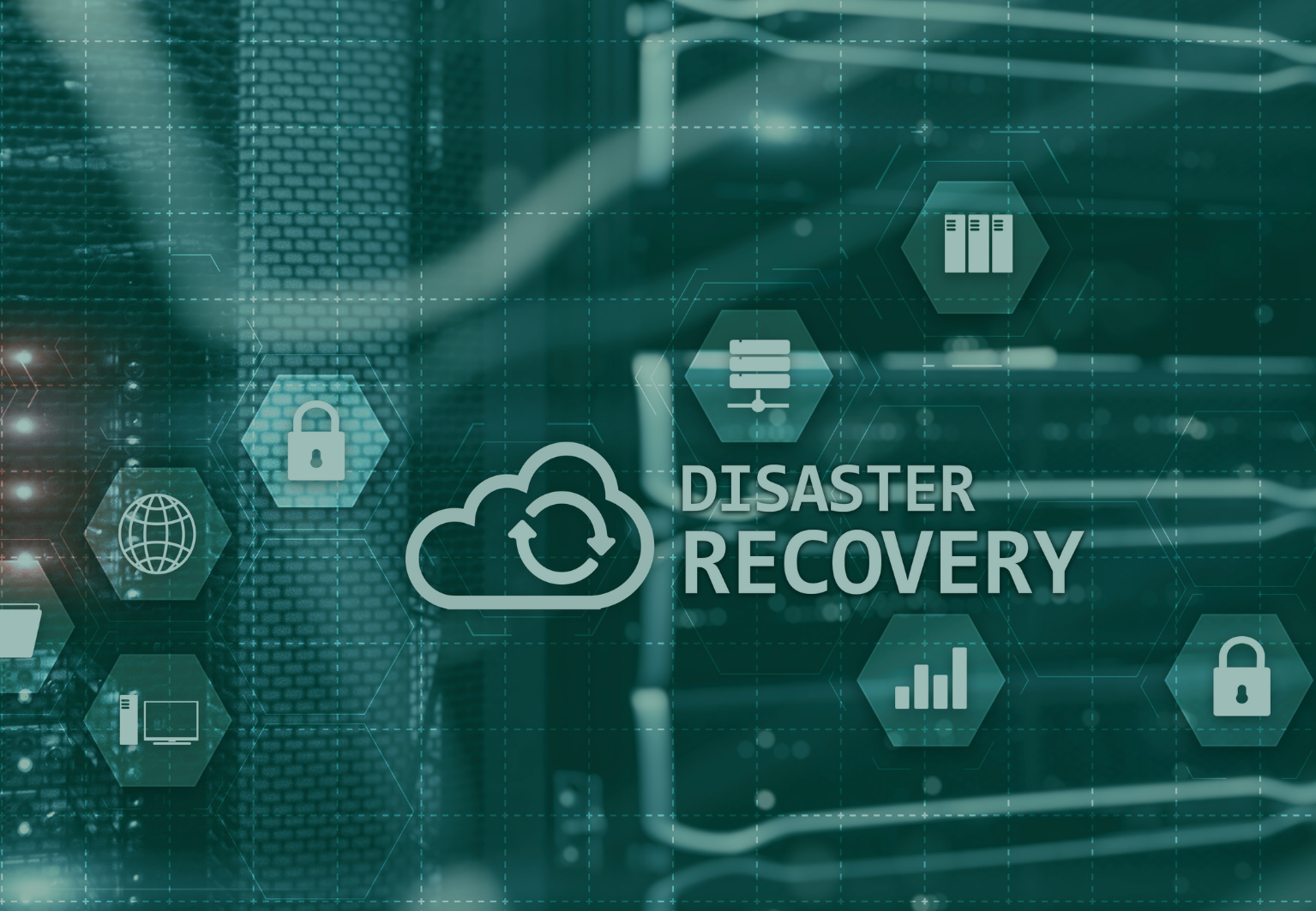You’ve prepared your business action plan and implemented your continuity plan, and now it’s time to bounce back from disaster! There are key steps to take in the first hours, days, weeks, months and years following a disaster. We take you through strategies required to overcome adversity and see your business successfully recover from disaster.
Immediate stages of recovery: The first hours and days
During the first hours and days after a disaster, there are crucial steps to implement to ensure the subsequent steps of recovery are as smooth as possible. In the first instance, remember to ensure you and your staff are physically and mentally well enough to begin recovery action — people always come first.
Document damages for insurance purposes
Your continuity plan should cover aspects such as an alternate location, employee well-being, customer communication and insurance. In the immediate stages of recovery, once you have ensured the well-being of your people, it is crucial to start documenting everything for insurance purposes. This is the time to get in touch with your insurance advisor so they can take you through the documentation process, and explain to you in detail how to record damages.
Once damages are documented, your insurance advisor can help you get your claim started as quickly as possible.
Implement your backup plan
After recording damages, your next focus will likely need to be on your alternate location and supply chain. If it is viable for your business to continue operating, start getting this in motion as quickly as practicable so you can return to business operations. Depending on the extent of the damage, you might like to allow for some time away from the business to focus on disaster cleanup.
Cleanup
There are always people willing to lend a hand after a disaster. This is your opportunity to lean into the support being offered and ask for help with your cleanup. If appropriate, you might like to ask your staff, friends, family or even the wider community for help with the cleanup.
The safety of those helping with the cleanup is the top priority, so make sure there is appropriate personal protective equipment (PPE) available for use, and contact your local government and emergency services for advice on how to proceed with the cleanup.
Short-term stages of recovery: The first weeks and months
There is no set timeline when it comes to recovering from a disaster, and the timing will come down to the type of disaster, the extent of the damage and the resources available to you. Generally speaking, this short-term stage of recovery will occur in the first weeks and months following the disaster, once you have completed the immediate stages of recovery.
Ensure the well-being of yourself and your staff
Once again, emotional and physical well-being is the top priority. You and your staff have been through a lot dealing with the disaster and beginning the recovery process, so this is a great opportunity to check in again and organise support services if you or your staff need additional support or time off. This short-term check-in helps to ensure long-term business viability, as you’ll likely need these key people in your business later on.
Insurance claim
With your insurance claim lodged during the immediate phase of recovery, you would have received a payout or been working with your insurer to provide additional information.
A good insurance advisor will be able to manage this process for you and help guide you through it.
Repair, rebuild or relocate
With the cleanup and damage assessment in the past, you’ll likely have enough information to decide as to whether you need to repair your premises, rebuild any key structures, or relocate to a more permanent location. While your continuity plan should factor in a temporary location for business operations, it may not be feasible for that location to be permanent.
Manage your finances
Managing your finances becomes a critical aspect of the short-term recovery phase. In the wake of a disaster, cash flow projection is essential. Assess your current financial situation and project your cash flow for the coming weeks and months — you might like to include your accountant in this process for professional advice. You may need to alter your budget as necessary to accommodate any unexpected expenses or loss of revenue.
You may find you need financial aid to bridge any gaps in your cash flow. Seek advice regarding utilising any cash reserves or available lines of credit to help tide you over. Depending on the nature of the disaster and its impact, you may be eligible for government funding or assistance programs. Investigate what options are available and determine if they align with your needs.
Communicate with stakeholders
Communicating with customers and suppliers according to your continuity plan is essential for maintaining transparency and trust during the recovery process. Keep your stakeholders informed about the impact of the disaster on your operations, any changes to product or service availability, and revised timelines for deliveries or projects.
Utilise various communication channels such as email updates, social media announcements, and direct outreach to ensure that your messages reach your audience effectively. By proactively addressing concerns and providing regular updates, you can minimise disruption to your relationships and build confidence in your ability to navigate the business through the recovery phase.
Long-term stages of recovery: the following months and years
As your business progresses through the recovery process, remember to celebrate the small wins along the way. There are still recovery steps to take, but you’ve come a long way! The following steps are to be taken in the months following the short-term recovery period.
Insurance review
With your business well into the recovery process, you may have experienced a few changes. It’s important to get an insurance and risk review at this point as your insurance needs may have changed.
Engaging an insurance advisor ensures you get comprehensive guidance regarding risk management and insurance for any future disasters.
Update emergency action plan and continuity plan
Updating your emergency action plan and continuity plan with key learnings from the recent disaster is crucial for enhancing preparedness and resilience in case a disaster ever strikes again. Analyse the response to the recent disaster, and identify strengths, weaknesses, and areas for improvement in your plans. Incorporate lessons learned, such as unexpected challenges faced, successful strategies implemented, and any gaps in the process. Ensure that any necessary revisions are documented and communicated to relevant stakeholders. By continuously refining your plans based on real-world experiences, you can better protect your business, employees, and assets in future emergencies.
Communicate with staff
Keep an open line of communication with staff, as it helps to ensure alignment with business goals and maintain morale during challenging times. Regularly update your team on the business’s objectives, ensuring they understand their role in achieving these goals.
Build an open line of communication where employees feel comfortable expressing their concerns, sharing ideas, and providing feedback. Check-in with individual team members to gauge their well-being and address any issues or challenges they may be facing. By keeping communication open, you can ensure a collaborative and supportive work environment, ultimately driving productivity and success.
Get finances up to date
As the aftermath of a disaster unfolds, any disaster loans or emergency cash flow assistance that was obtained may now be reaching their repayment deadlines. If your business is still experiencing cash flow challenges, it’s crucial to communicate proactively with your financiers. Initiate conversations with them to discuss your current financial situation and explore possible repayment arrangements or extensions. Engage with financial experts such as your accountant, financial advisor, or finance broker to strategise the best approach for managing your financial obligations effectively. By taking proactive steps and seeking professional guidance, you can get through these financial hurdles and work towards restoring stability to your business operations.


